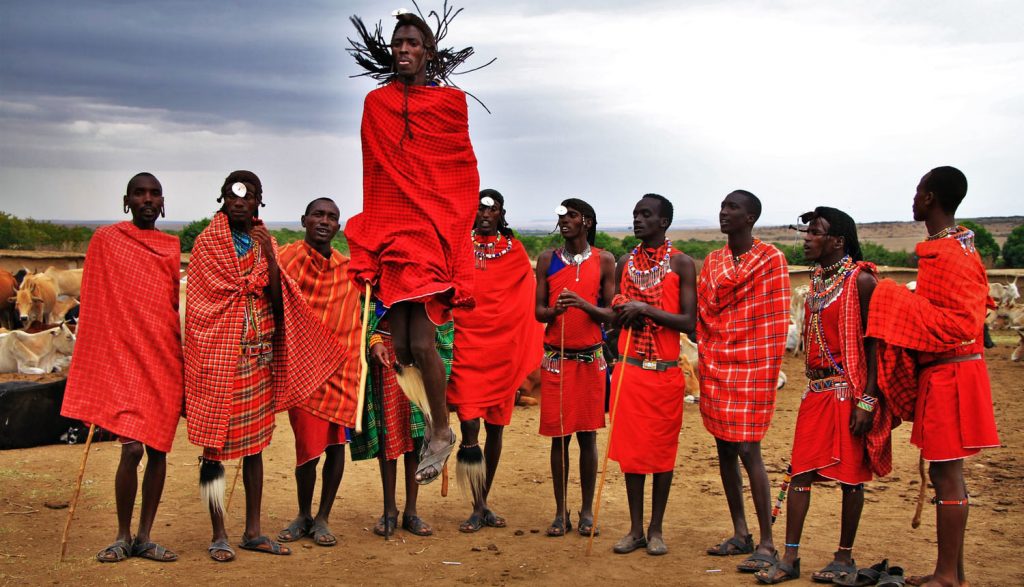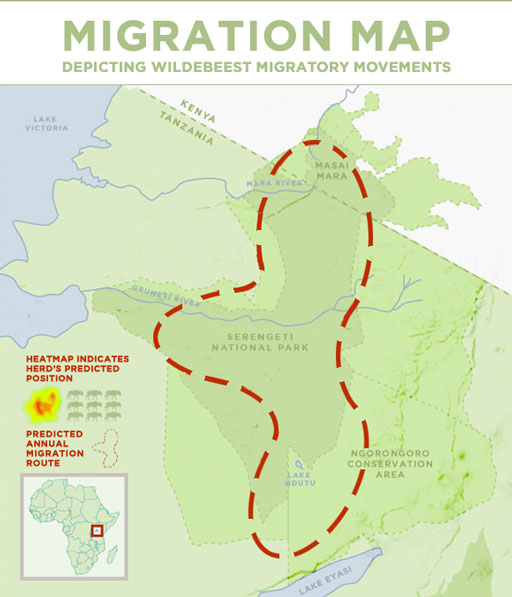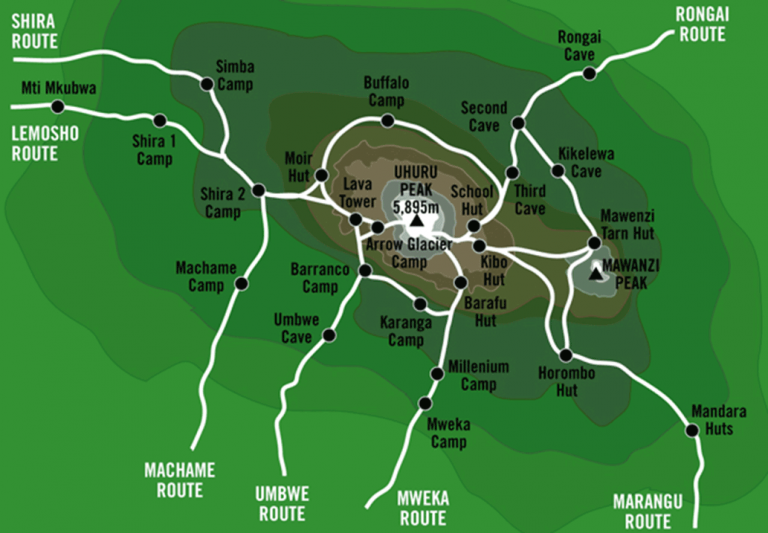Eco-tours in the heart of africa

In Africa, safari does not simply mean viewing wild animals; the word “safari” literally means “voyage.” You should make a trip among the many African tribes; the proud Maasai, the sturdy Chagga people, or the wandering Bushmen, the Hadzabe. Village leaders of the tribe chiefs will show you Africa from a different angle. Spending the day with a local Hadzabe in the bush is surely an ultimate experience; one you will remember for the rest of your life and will make fine material for stories to tell friends and family back home.
Tribes in Tanzania are many in number and one can explore a lot from the rich cultural backgrounds of the different tribes in Tanzania, much as Tanzania has been famous for hosting the great Serengeti national park, Ngorongoro crater, Kilimanjaro, Tarangire national park and Lake Manyara national park, tribes also tribes. One among the blessings that our nation Tanzania has been blessed with is cultural diversity. Tanzania is a home of around 120 different ethnic groups distributed well throughout the country. Each tribe speaks its unique language and has its own traditions and customs. Interestingly, Tanzania is the only African country whose tribes represent all four of the continent’s major ethnolinguistic groups namely Bantu, Cushitic, Nilotic, and Khoisan. Most of Tanzania’s tribes practice agricultural activities, hunting, and gathering and are therefore located away from town or in the farmlands. In big cities, there is normally a mixed-up family of almost all tribes in Tanzania connected together through the national language Kiswahili.
Many Tanzanians request the help of diviners and traditional healers. Many Tanzanians will give their children an additional name to a Christian or Islamic name. This is mostly a name from a grandparent and it symbolizes a relationship with the spiritual world of the forefathers.
Although the Tanzanian constitution offers freedom of religion, fundamentalists are also found. Conflicts and tensions between Christianity and Muslims are also there. They have effects on schools, colleges, businesses. Although Tanzania is an open globalized country, the concept of secularism between government and religion is still far away.
Maasai tribe Tanzania
Although there have been many attempts by the government to »tame« the Maasai people by taking their land and turning it into national reserve parks and crop production land, they have maintained their customs and habits, traditional rituals for different rites of passage, when they shave their heads and dance in circles
They have remained cattle breeders, eating mostly meat and milk that they produce themselves. Traditionally, the Maasai people are recognizable by wearing sandals, black, blue, and red clothes, which they wrap around their bodies.
Women spend their spare time doing beadwork and these accessories usually ornament their bodies, together with wooden bracelets and pierced earlobes. The Maasai have a patriarchal society and are divided into male groups, where elders usually decide on the important issues of the community.
The Warriors are one of the most respected groups of the Maasai and are known worldwide. They have many privileges since they are the only ones that can wear long hair.
The Maasai believe in one God, called” Engai”, though it has two natures; kind and vengeful. They have a “Laibon”, who is their spiritual leader. However, he doesn’t have any higher position in their community, just prophetic or healing powers.
Hadzabe tribe
With an estimate of fewer than 2,000 representatives, the Hadzabe tribe is one of the last tribes that have stayed true to their nature, far from the madding crowds of tourism and universal globalization.
Their lifestyle is still the same as their ancestors’ from many years ago. Gender roles are very well distributed, since men usually hunt on their own, bringing home meat and honey, while women and children occupy themselves with gathering fruits, berries, and roots. Men hunting animals are very skillful and daring, tracing the prey unseen and attracting it by distinct motions with the help of animal body parts, such as antelope horns. Since this is the only way they provide for themselves, they are the only ones that can hunt in the Serengeti, otherwise, it is illegal.
The Hadzabe live in caves and try to stay away from other people. Their territory is Lake Eyasi, but through the years they have been left with only a trace of the vast lands that were their own. Because of their remote homes and no intertribal marriages, they have also managed to avoid deadly diseases that threaten other Africans, such as HIV.
An interesting feature of the Hadzabe tribe is their language. They are said to be in some kind of relationship with the Bushmen of the Kalahari Desert, because of the distinctive click sounds they share. Their physique is also similar since they are smaller than other tribes and thin. However, the DNA analysis shows no common traits of the two tribes.
Sukuma tribe Tanzania
The Sukuma are the largest group in Tanzania since their population reaches over 5 million and still grows. They are scattered around the country and live not only in rural areas and plains but also in cities, mostly in Mwanza and Shinyanga. Consequently, their traditional lifestyle drastically changed and they succumbed to the modern way of life.
The Sukuma living in cities find jobs like doctors, miners, teachers, and nurses, women included.
However, every working woman is also a housewife and has to take care of the family. In rural areas, they grow crops, including cotton, corn, potatoes, and rice, or raise livestock. Women gather firewood and provide their families with fresh water and daily meals, such as ugali, which is a traditional East African dish and is of similar composition as porridge.
The Sukuma are divided into 2 groups called Kimakia and Kisomayo and then further into subgroups, but all speak the Sukuma language and Swahili, one of the official languages in Tanzania, since it is the language used in schools. The Sukuma have many different religions, some 10% belong to the Christian church. Traditional religions praise the existence of spirits, especially those of their ancestors.
They believe that these spirits largely contribute to the health of the living family members and thus give them offerings or name their children after them.
Chagga tribe
The Chagga people are the third-largest group in the country and inhabit the area to the north of the Maasai Steppe and on the slopes of Mount Kilimanjaro.
A Bantu people, the Chagga farm the mountainsides and use water from the forests. They are noted for their enterprise and hard work, especially in the invention of a remarkable irrigation system that carries water up to 180 meters above the level of the river, enabling them to sustain the mbeke plant, which they use to brew local beer.
Iraqw tribe
The Iraqw are of Cushitic origin and live in the central highlands of Mbulu. Known for their statuesque and immobile posture and sharply defined features, they are withdrawn people who grow their own food and tend their cattle – selling off crops or animals only when it is strictly necessary.
If you are interested in the other side of Africa, please let us know and we will send you a tailor-made travel proposal.












